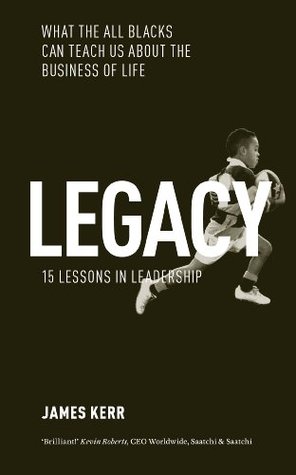More on this book
Community
Kindle Notes & Highlights
Vision without action is a dream. Action without vision is a nightmare.
Four Stages for Organizational Change: ° A Case for Change; ° A Compelling Picture of the Future; ° A Sustained Capability to Change; ° A Credible Plan to Execute.
According to Charles Handy (in The Empty Raincoat), this cycle has three distinct phases: Learning, Growth and Decline.
What steps do you need to consider taking so you can prepare for the second curve, without prematurely leaving your current success (on the first curve) behind?
Hystrota playing a fast-paced game Glazometer making quick decisions that disorient the opposition Natisk acting aggressively to seize the competitive advantage
Getting started is deceptively simple. First list around 10 things you need to achieve over the next 100 days. Start each plan with an Action Verb and use no more than 3 words each. Make sure each action is measurable and that each one is a stretch. You’ll know when something is a real stretch and when you’re just creating a list with things you can tick off. Review your list every Friday morning. When the 100 Days comes round, the goal is to have each item checked off. All you need to do then is get a sheet of A4 paper and get started.
The role of the leader is to know when to reinvent, and how to do it.
This can clearly be translated into business, where the leader sets objectives and parameters, then ‘passes the ball’ to the team, handing over responsibility for implementation and detail. Leading by creating leaders.
‘Instill in your team members a sense of great self-worth – that each, at any given time, can be the most important on the battlefield.’
The mission command model requires the leader to provide: 1. A clearly defined goal 2. The resources 3. The time-frame
In Drive, Daniel Pink lists the three factors that he believes creates motivation in a human being: mastery, autonomy and purpose.
‘How do leaders create an environment that delivers the opportunity for personal growth and professional development?’ ‘How do they enable mastery?’ And, ‘How do they make it happen every day?’
‘modest improvement, consistently done’.
Marginal gains: 100 things done 1 per cent better to deliver cumulative competitive advantage.
Analyze your life in terms of your environment. Are the things around you helping you towards success – or are they holding you back?’
developing a high performance culture are to: 1. select on character, 2. understand your strategy for change, 3. co-write a purpose, 4. devolve leadership and 5. encourage a learning environment. The sixth and arguably most important step is to begin to turn the standards into action.
‘good to great leaders began by first getting the right people on the bus (and the wrong people off the bus) and then figured out where to drive it’.
A. Alternatives: to look at our options, adapt, adjust and overcome C. Consequences: to understand the risk/reward ratio of each alternative and to make an accurate assessment of what is needed T. Task Behaviours: To stay on task and execute the tactics and strategy
‘Wisdom consists of appreciating the preciousness and finiteness of our own existence, and therefore not squandering it.’
The key criteria for creating a change story is fourfold.
‘Tell me and I’ll forget,’ goes the old saying, ‘show me and I may remember; involve me and I’ll understand.’
‘Be more concerned with your character than your reputation, because your character is what you really are, while your reputation is merely what others think you are.’
Our greatest responsibility is to honour those who came before us and those who will come after, to ‘leave the jersey in a better place’.


